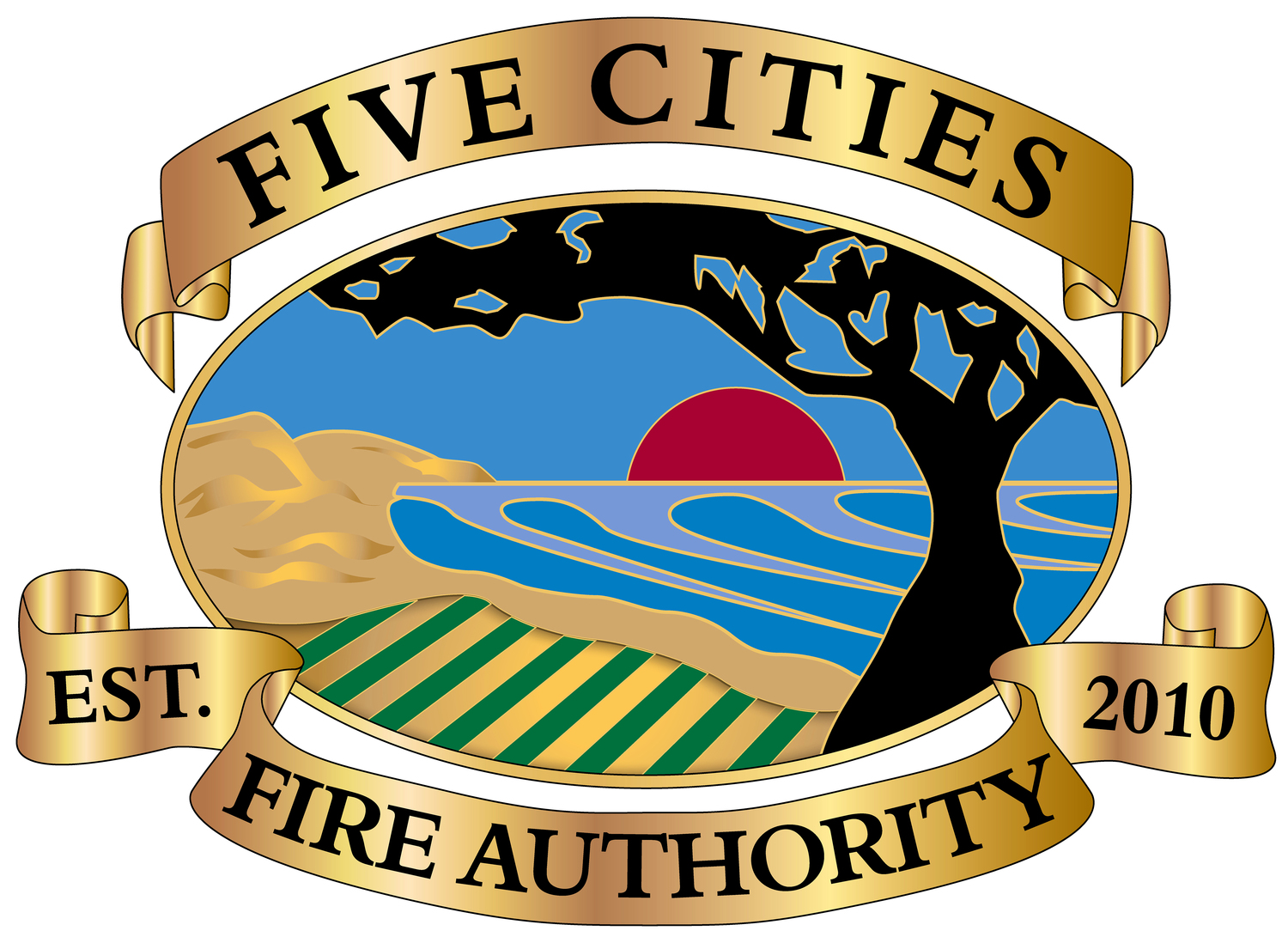Scald Prevention
/Scald injuries frequently occur in the kitchen when hot liquids are spilled from either cooking pots or serving utensils. Although these injuries may be smaller in size than tap water scalds, they may be deeper because of hotter temperatures and may require skin grafting to heal. Those at the highest risk for these injuries are young children, older adults and persons with disabilities.
- If you have young children in your house while you are cooking meals, offer them an activity away from the cooking area.
- Cook on back burners when possible.
- Keep all pot handles turned back, away from the stove edge. All appliance cords need to be kept coiled and away from counter edges. Cords may become caught in cabinet doors causing hot food and liquids to spill onto you or others.
- When cooking with grease, such as that in deep fat fryers, use extreme caution.
- Temperatures can exceed 400°F and cause serious burns in less than 1 second.
- Place a rubber mat in front of your stove to prevent slipping and falling.
- Use potholders, not towels, to carry hot cooking utensils. The heat may pass through a towel to your hands and cause you to spill the contents or drop the utensil.
- When removing lids from hot foods, remember that steam may have accumulated. Lift the cover or lid away from your face and arm.
- Consider the weight of pots and pans. Attempt to move only those items that you can easily handle.
- If you are in a wheelchair: When moving hot liquids, place a large, sturdy tray with a solid lip in your lap to decrease the risk of lap burns.
- Use a serving cart to transfer food from stove to table top instead of carrying it.
- Consider placing alternate cooking equipment (slow cookers, toaster ovens or microwaves) on lower counters or tables if the stove or oven is too high to reach safely. Be aware: this may create a burn hazard if young children are present.

